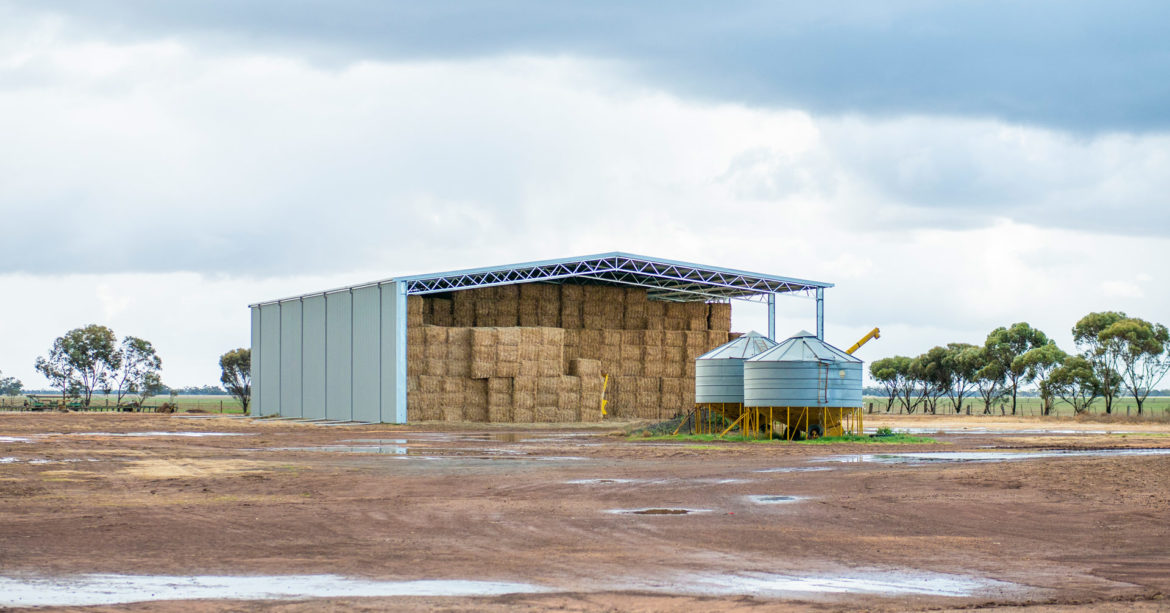ROI and Payback Periods
When considering any investment, a farming business will consider the return-on-investment (ROI) and payback periods as a key consideration. Fodder Storage assets (Hay Sheds) are no exception. The return on investment (ROI) is defined as what % of your investment in year 1 is recovered in extra revenue by the end of year 1. The payback period is the number of years it takes to recover 100% of your investment. From that point onwards, the asset is fully paid off and the incremental profits contribute in its entirety to the bottom-line year in year out.
The following example illustrates what those calculations could look like for a typical farmer considering a Hay Shed. It is for illustration purposes only. Various factors including each person’s tax position will determine the exact benefits. As you would with any capital asset purchase, please seek your own expert tax advice that takes into account your personal circumstances.
Harvest video
Example only:
Sale proceeds @ $275 per tonne* on November 30, 2018
Note: The volume of fodder matter deteriorates for Fodder Left in Paddock
12 months
* Source: AFIA Hay Report Pricing (May 2015)
**Refers to Darling Downs Straw for the example
*** 30% drop in volume (fodder matter) – Source: Minimizing Losses In Hay Storage, US Study Dr Don Ball
Note 1: Covid 19 related special incentives including the $150,000 instant asset write off has been ignored for this article.
There are many other factors you should consider beyond the straight relationship between ROI and Payback periods. The quality of the asset (will it be standing in 35 years’ time, will it rust, will it leak, will it require regular maintenance, is it made using Australian steel for peace of mind and how competent are the installers who erect your Hay Shed are worth considering when making your decision). The process of selecting a supplier and comparing quotes can be a complex task.
2 - 2Shares

